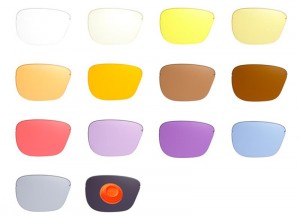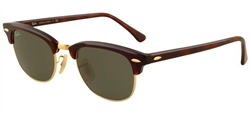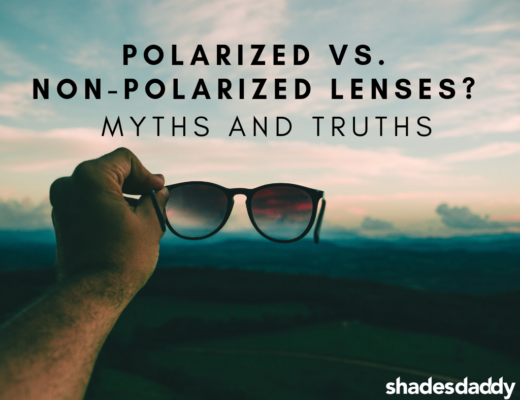As we all know even though sunglasses are seen as a fashion accessory they are ultimately an essential. Sunglasses protect you from harmful UV rays, protect your eyes from flying fragments and they also help reduce eye strain caused by bright light.
When choosing a pair of sunglasses you need to take in consideration the lens they have. The material which is used will affect how clear you can see, the weight of the shades, if they will be durable and of course the cost.
• Glass: The great thing about this material is that it has a high scratch resistance. The downfalls is that they are heavier, more expensive and if it’s hit with something the lens will “spider”, but wont chip or shatter.
• NXT polyurethane: The positive would be its scratch resistance, lightweight, clarity and its flexibility. The downfall would be that it is pricey.
• Polycarbonate: The positive would be that it is great in impact resistance, good clarity, its light weight and a great plus is that it’s not pricey! The downfall it’s less resistance to scratch and clarity is not as good as the two materials which we talked about above.
• Acrylic: The positive would be the materials inexpensiveness best used for sunglasses that are used occasionally. The con of this material is that it’s less durable and there is some image distortion.
The color of the lens is also important, the lenses are tinted in order to cut down brightness and enhance your surroundings. The color of the tint will affect you vision in three ways 1) how much light reaches your eye 2) the clarity of colors 3) how well you are able to see contrasts.
• Brown/grey/green: These are neutral colors and what they do is cut down brightness without distorting the colors. The shades which are darker are meant to cut down glare and eye strain in conditions which are moderate to bright.
• Yellow/gold/amber: These lenses aren’t as good with overall brightness protection, they are however excellent when conditions in light are moderate to low. These are the colors to go for when doing any snow sports; they provide great perception in depth and enhance contrasts in flat light conditions.
• Rose/vermilion: These are excellent when skiing in a cloudy day or exploring forest areas; they provide excellent visibility in low light and enhance visibility of objects which are against a green or blue background.
• Mirrored or flash coating: These lenses have a reflective film over the outside surface. The way it reduces glare is by reflecting the majority of the light that strikes the lens surface. This type of coating make objects appear darker which is why lighter tints are used in order to compensate.
Interchangeable Lenses
Another option people go for are the interchangeable lenses which are ideal if you need reliable performance, you are able to change the lenses according to your surrounding conditions.
Polarized Lenses
These lenses are great if you do a lot of outdoor activities, they cut a substantial amount of glare reflected from water or snow. The way it works is simple, horizontal light reflected form water or snow is blocked by the lens, reducing eyestrain and making surroundings a lot clearer.



